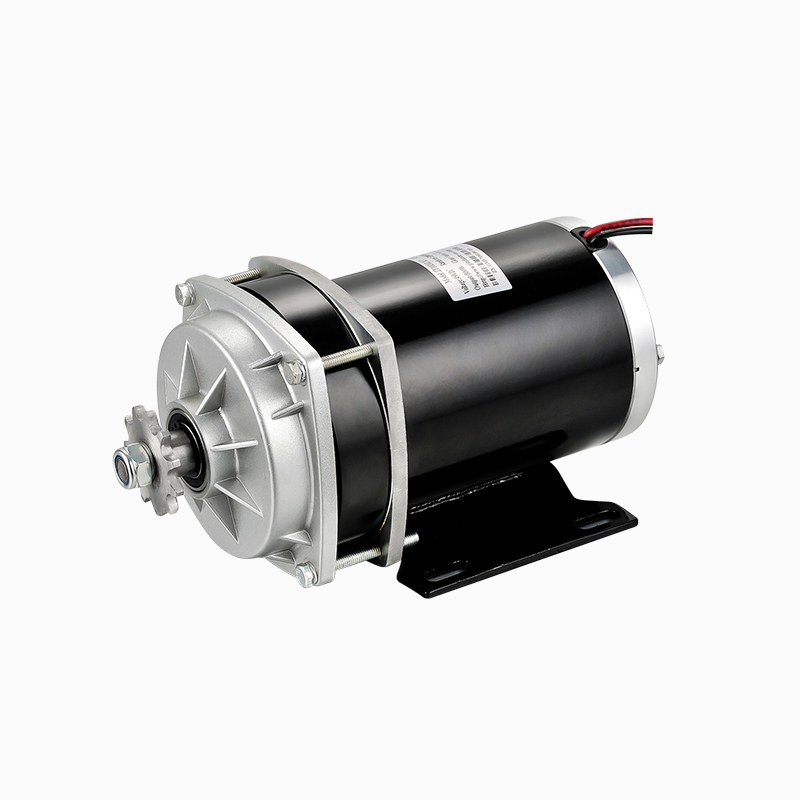Call us
+86-18023576732
+86-0579-89008006
Fax: +86-0579-82206899
Motor Behavior in Low Temperature Environments
China DC Brushed Motor operating in cold climates, especially below freezing, can pose several challenges to DC brushed motors. The viscosity of lubricants used in bearings and gearboxes increases, which raises mechanical resistance and reduces motor efficiency. In some cases, the grease may even solidify, causing startup failure or erratic rotation. Additionally, brush materials may become brittle, and contraction of components can affect the contact pressure between the brushes and commutator, causing poor conductivity or excessive sparking.

Electrical resistance in copper windings decreases in cold temperatures, which may initially seem beneficial, as it slightly improves electrical efficiency. However, reduced brush performance often offsets this gain. In many cases, cold starts cause higher current surges due to increased load on the motor, which may cause internal stress or controller faults.
To mitigate these risks, motors designed for cold environments should use low-temperature lubricants and cold-resistant brush materials. Pre-heating systems or thermal enclosures can also help maintain stable internal conditions for reliable startup and continuous operation.
Motor Behavior in High Temperature Environments
High ambient temperatures, especially those exceeding 40°C (104°F), are often more detrimental to a China DC Brushed Motor than cold. Elevated temperatures increase the resistance in copper windings, reducing current flow and thus lowering torque output. More critically, prolonged exposure to heat accelerates the degradation of insulation materials, which may cause short circuits or total motor failure.
Brushes also wear faster under high temperatures due to softening or expansion, which can disrupt the balance between brush pressure and commutator surface. Commutators themselves may oxidize or warp if exposed to excessive heat, increasing arcing and damaging the motor further. Additionally, bearings and grease can break down under thermal stress, resulting in increased friction and premature mechanical wear.
Effective ventilation, the use of heat-resistant materials, and implementing thermal overload protection circuits are essential in high-temperature settings. Ensuring proper motor ventilation and avoiding direct exposure to heat sources, such as engines or sunlight, will also help reduce risk. In some cases, integrating cooling fans or forced air systems can significantly enhance temperature regulation.
Motor Selection and Protective Design
Choosing the right China DC Brushed Motor for bad temperature applications requires careful attention to its rated temperature range, insulation class, and bearing type. Motors specifically rated for wide operating temperature ranges are built with enhanced sealing, specialized materials, and improved thermal management. For mission-critical operations, it is advisable to integrate temperature sensors that provide real-time thermal feedback to prevent overheating or freezing damage.
Designers and engineers should also consider the duty cycle, as continuous high-load operation in bad temperatures accelerates degradation. In many outdoor or industrial settings, enclosing the motor in thermally managed housings can stabilize the internal climate and shield it from rapid environmental fluctuations.
Conclusion
The performance of a China DC Brushed Motor can vary significantly under low or high temperature conditions. While cold may hinder mechanical motion and brush contact, heat can compromise insulation and accelerate wear. Proper motor selection, thermal management, and maintenance planning are key to ensuring stable, efficient operation across temperature extremes. With the right precautions, these versatile motors can continue to deliver reliable performance even in harsh environments.
Contact Us